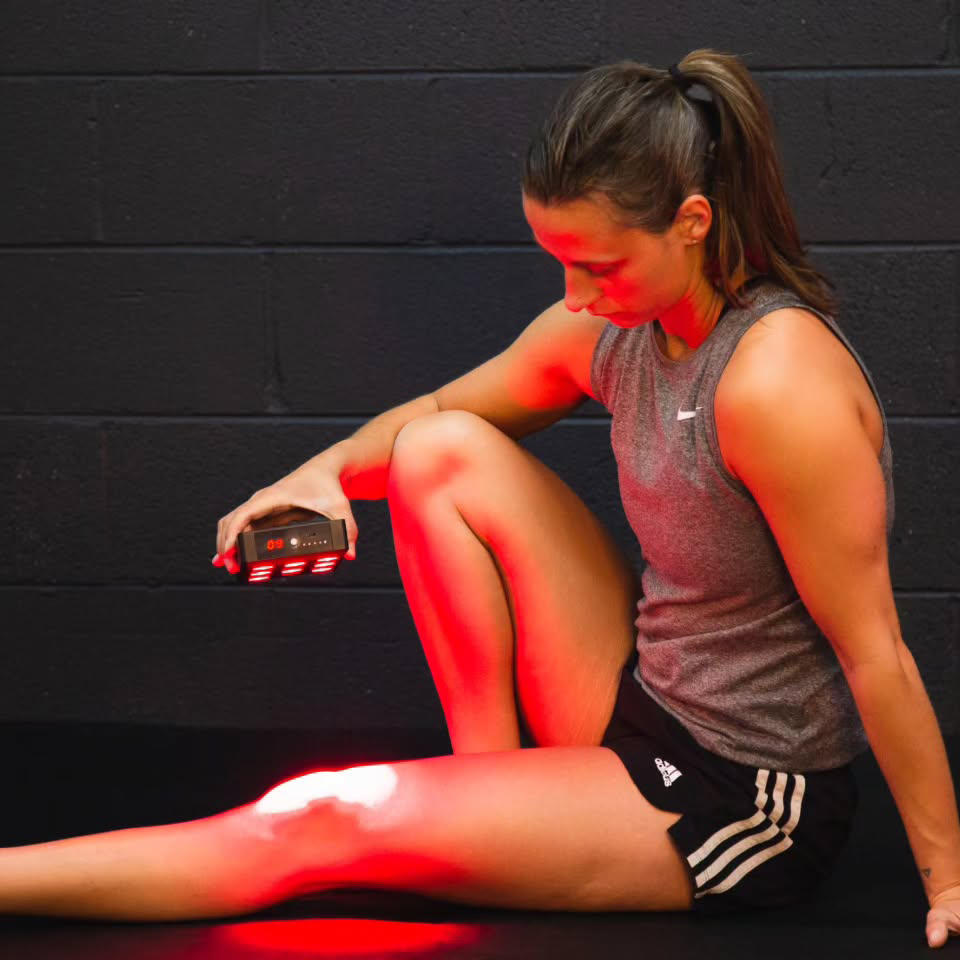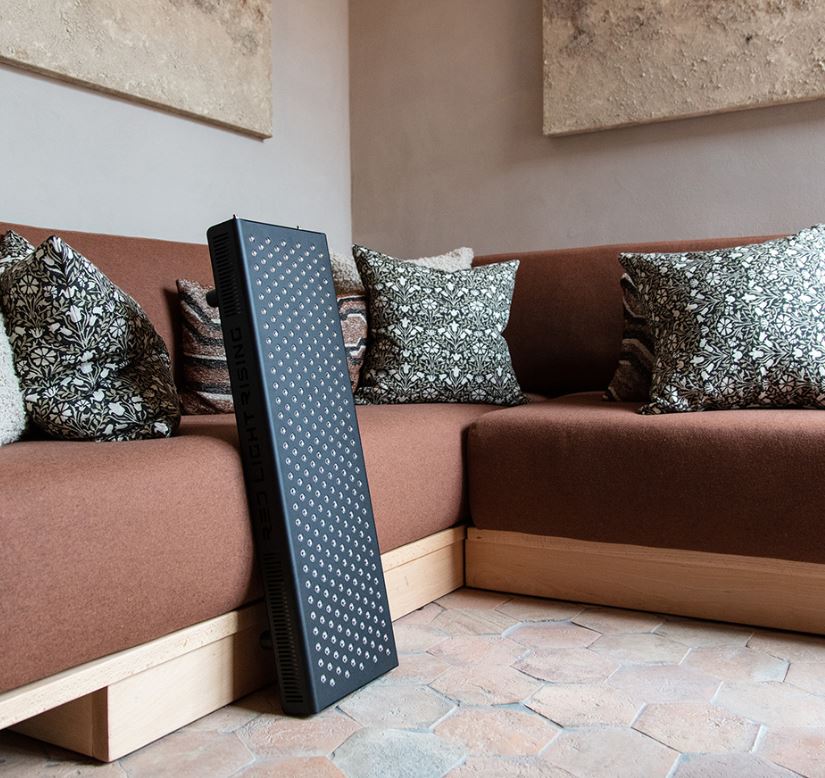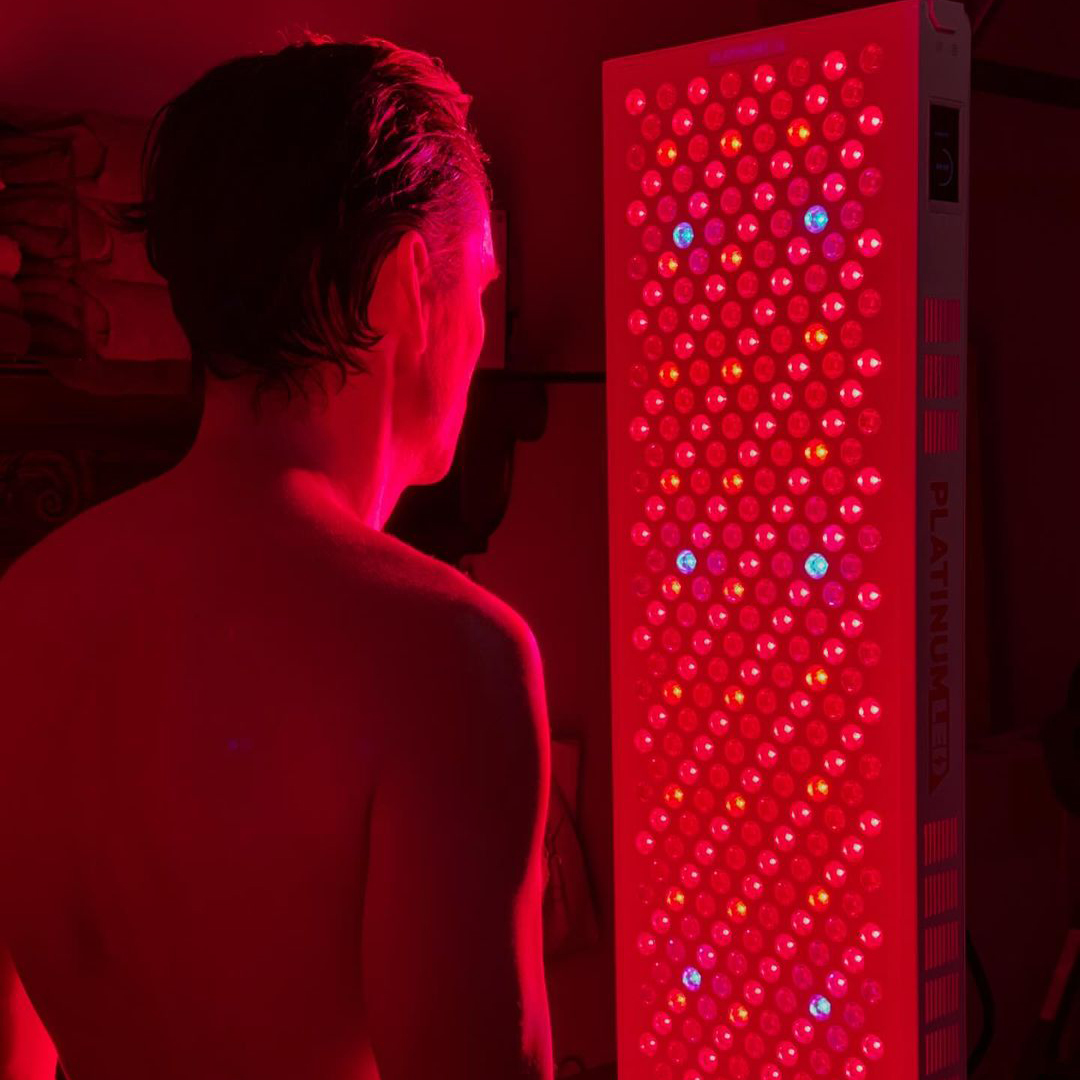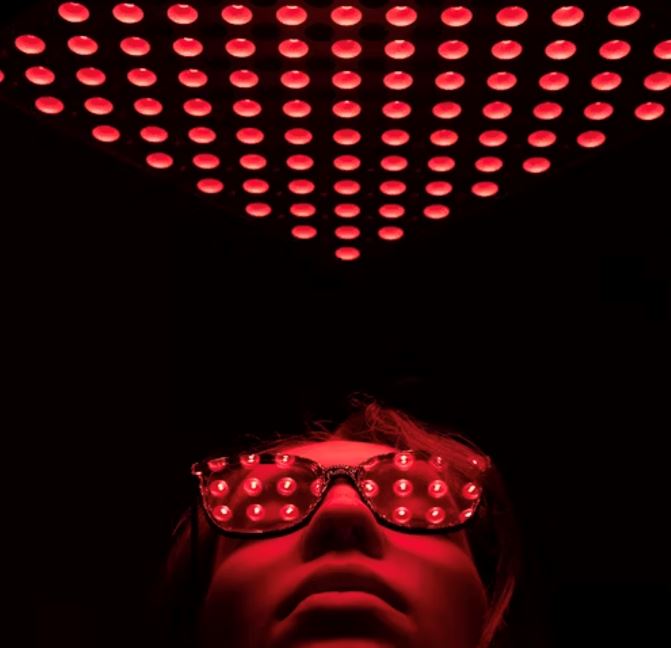![]() Free Shipping
Free Shipping ![]() Buy Now, Pay Later
Buy Now, Pay Later ![]() Eligible
Eligible
Red Light Therapy and Plantar Fasciitis: An Alternative and a New Hope?
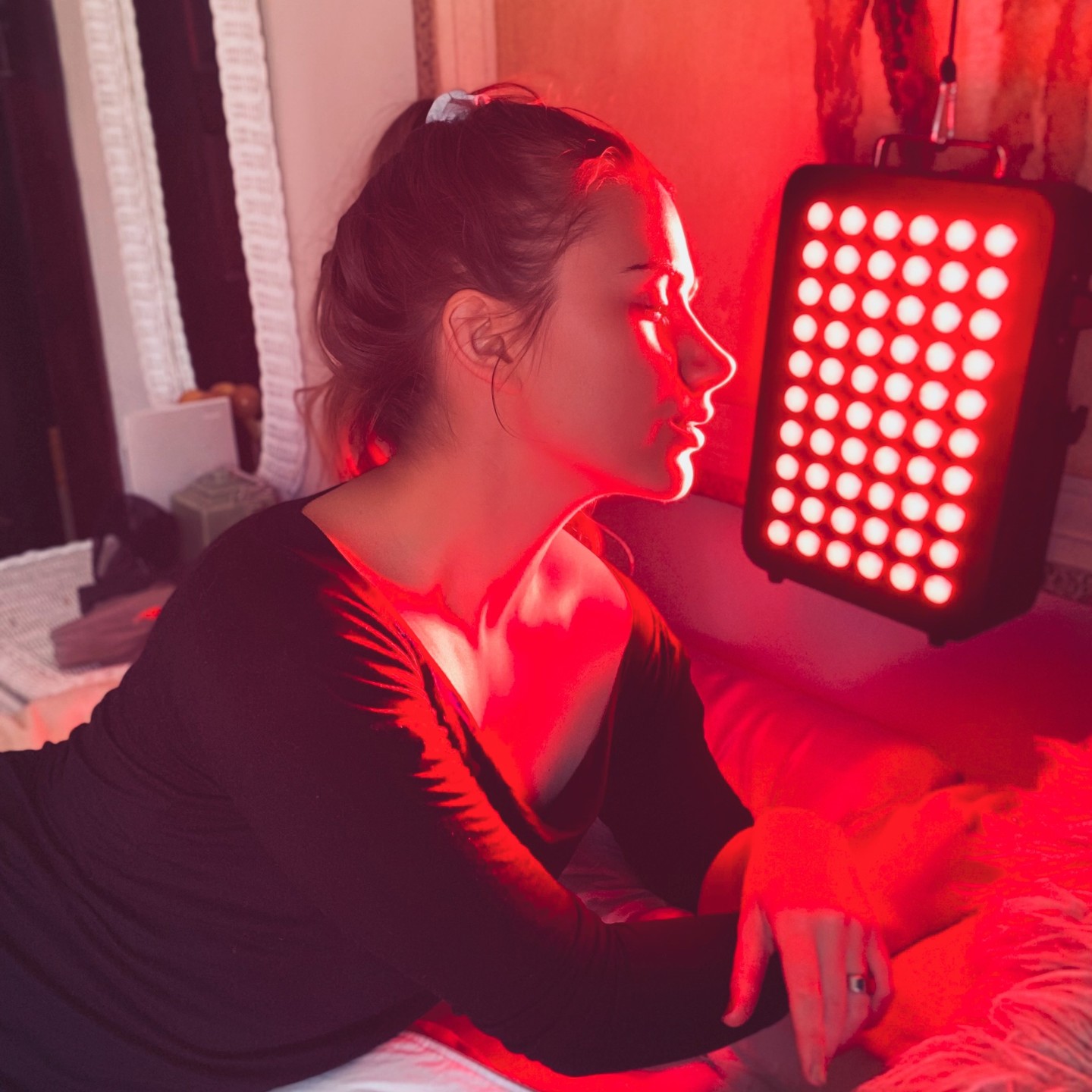
Introduction: The Agony of Plantar Fasciitis
If you’ve ever experienced the sharp, stabbing pain of plantar fasciitis with your first steps in the morning, you know how debilitating it can be. This common foot condition affects millions of people worldwide, from athletes to office workers, and finding an effective treatment can feel like an endless battle.
Traditional treatments include stretching, orthotics, ice packs, anti-inflammatory medications, and even steroid injections—but what if there was a non-invasive, drug-free alternative that could speed up healing and reduce pain? Enter red light therapy (RLT), a cutting-edge treatment gaining traction in pain management and tissue repair.
Could red light therapy be the new hope for plantar fasciitis sufferers? Let’s dive into the science, benefits, and real-world potential of this innovative approach.
Understanding Plantar Fasciitis: Why Does It Hurt So Much?
Before exploring red light therapy, it’s essential to understand what plantar fasciitis is and why it’s so stubborn to treat.
What Is Plantar Fasciitis?
The plantar fascia is a thick band of tissue that runs along the bottom of your foot, connecting your heel to your toes. When this tissue becomes inflamed or develops micro-tears due to overuse, poor footwear, or biomechanical issues, it leads to plantar fasciitis—a condition marked by:
- Sharp heel pain (especially in the morning or after long periods of rest)
- Stiffness and tenderness along the arch
- Increased discomfort after exercise
Why Is It So Hard to Treat?
The plantar fascia has limited blood flow, which slows down natural healing. Additionally, constant pressure from walking or standing can re-aggravate the injury, leading to a frustrating cycle of pain and temporary relief.
What Is Red Light Therapy?
Red light therapy (RLT), also known as low-level laser therapy (LLLT) or photobiomodulation, is a non-invasive treatment that uses specific wavelengths of red and near-infrared light to penetrate the skin and stimulate cellular repair.
How Does It Work?
- Boosts Mitochondrial Function: The light energy enhances ATP (cellular energy) production, helping cells repair faster.
- Reduces Inflammation: It modulates inflammatory cytokines, decreasing swelling and pain.
- Increases Blood Circulation: Improved blood flow delivers more oxygen and nutrients to damaged tissues.
- Stimulates Collagen Production: Essential for tendon and ligament healing.
Originally developed by NASA for wound healing in space, RLT is now used for skin rejuvenation, muscle recovery, and—importantly—chronic pain conditions like plantar fasciitis.
VELLGUS Elite V2
THE #1 RATED RED LIGHT DEVICE
VELLGUS pro V2
THE #1 RATED FULL BODY RED LIGHT DEVICE
Can Red Light Therapy Help Plantar Fasciitis? The Evidence
Several studies and clinical trials suggest that red light therapy can be a powerful tool in managing plantar fasciitis.
1. Clinical Studies Supporting RLT for Plantar Fasciitis
- A 2017 study published in Lasers in Medical Science found that patients treated with LLLT experienced significant pain reduction and improved function compared to a placebo group.
- A 2020 review in The Journal of Foot and Ankle Research highlighted that photobiomodulation (another term for RLT) effectively reduced pain and inflammation in chronic plantar fasciitis cases.
- Another 2021 study showed that combining red light therapy with stretching exercises led to faster recovery times than stretching alone.
2. How Patients Are Using RLT for Plantar Fasciitis
Many people are now using at-home red light therapy devices (such as panels or handheld devices) to treat their foot pain. Common protocols include:
- 5-10 minute sessions daily or every other day
- Targeting the heel and arch with near-infrared (NIR) or red light (660nm)
- Combining with stretching and foot rolling for better results
3. Real-World Success Stories
Athletes, runners, and chronic pain sufferers have reported:
- Reduced morning heel pain within weeks
- Faster recovery after workouts
- Decreased reliance on painkillers and ice packs
How to Use Red Light Therapy for Plantar Fasciitis
If you’re considering RLT for your foot pain, here’s how to get started:
1. Choose the Right Device
- Wavelength Matters: Look for devices emitting 630-660nm (red light) and 810-850nm (near-infrared) for deep tissue penetration.
- Power Density: Higher power (measured in mW/cm²) means shorter treatment times.
- FDA-Cleared Devices: Ensure safety and efficacy by selecting FDA-approved options.
2. Treatment Protocol
- Frequency: 3-7 sessions per week
- Duration: 5-15 minutes per foot
- Distance: 6-12 inches from the light source
- Consistency: Best results appear after 4-6 weeks of regular use
3. Combine with Other Therapies
For optimal results, pair RLT with:
- Stretching (calf and plantar fascia stretches)
- Supportive footwear or orthotics
- Massage (using a golf ball or foam roller)
Potential Drawbacks and Considerations
While red light therapy is generally safe, there are a few things to keep in mind:
- Not an Instant Fix: It requires consistent use over weeks.
- Cost: High-quality devices can be expensive (though cheaper than repeated doctor visits).
- Individual Variability: Some people respond faster than others.
Conclusion: A Promising Alternative Worth Trying?
For those tired of the endless cycle of plantar fasciitis pain, red light therapy offers a scientifically backed, non-invasive, and drug-free alternative. While it may not work overnight, the growing body of research and countless success stories suggest it’s a treatment worth exploring.
If you’ve tried everything else with little relief, perhaps red light therapy could be your new hope for pain-free steps.
Have you tried RLT for plantar fasciitis? Share your experiences in the comments!
References & Further Reading
- Lasers in Medical Science (2017) – LLLT for plantar fasciitis
- Journal of Foot and Ankle Research (2020) – Photobiomodulation in chronic pain
- NASA Spinoff – Red light therapy origins





